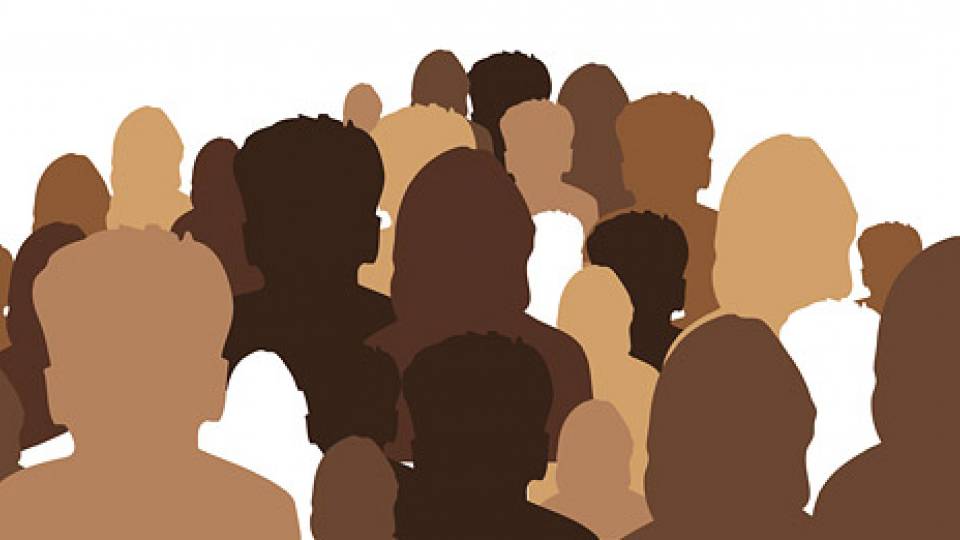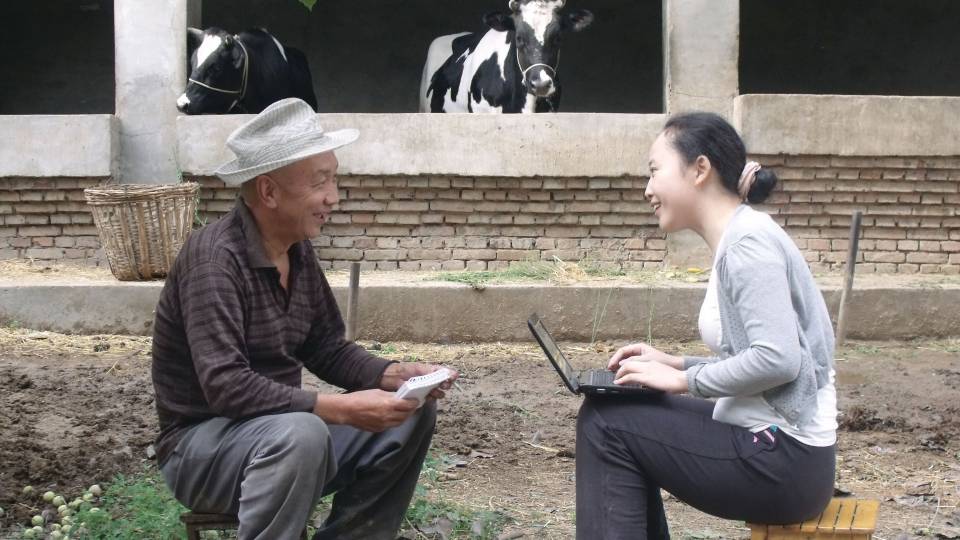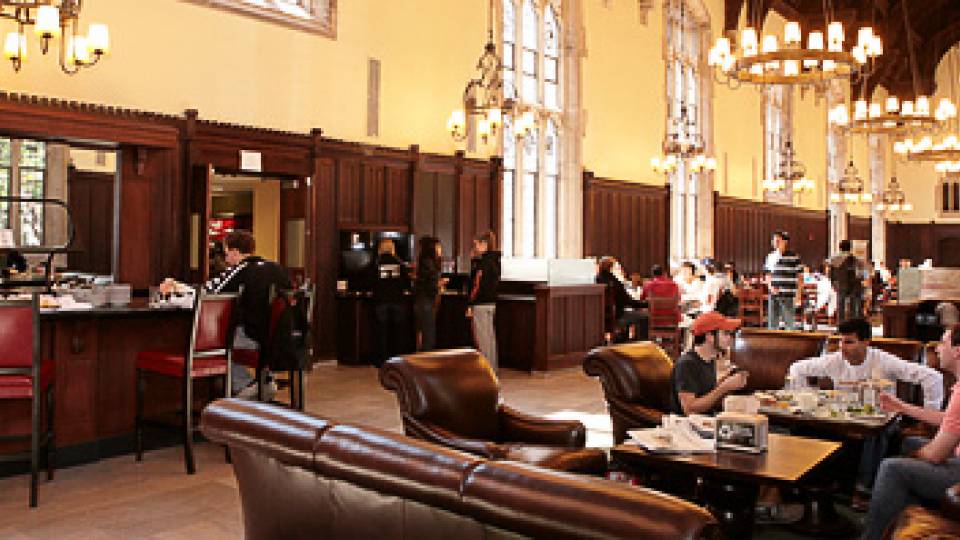From the Sept. 26, 2005, Princeton Weekly Bulletin(Link is external)
In its 2003 ruling on the University of Michigan’s affirmative action policies, the Supreme Court reaffirmed the idea that a diverse student body creates educational benefits. Now researchers from Princeton and five other institutions are trying to gauge the value of efforts to foster diversity on their campuses.
The project, called the Campus Life in America Student Survey (CLASS)(Link is external), aims to determine what types of interactions students have had with students from different backgrounds, how students view those experiences, and whether such relationships enhance the educational climate on their campuses.
Researchers from Princeton, Emory University, Michigan State University, Portland State University, the University of California-Los Angeles and the University of Miami are examining data collected from more than 12,000 freshmen and juniors from those six campuses in fall 2004. The researchers also interviewed administrators from each school to learn more about their programs and policies that promote diversity experiences and to analyze whether they might serve as effective models for other colleges and universities.
The research group represents a diverse collection of public and private institutions from around the country, with a variety of racial and ethnic student body compositions. Each school’s research team also includes an interdisciplinary group of scholars. Principal investigators from Princeton are sociologist Thomas Espenshade, psychologists Joan Girgus and Nicole Shelton and Dean of the College Nancy Malkiel. Princeton’s research team also includes Janet Dickerson, vice president for campus life; Edward Freeland, associate director of the Survey Research Center; and Marc Weiner, CLASS project director in the Office of Population Research.
Initial findings from the CLASS project, which is funded by the Ford Foundation, are expected to be made public later this year. Two of the principal investigators, Espenshade and Girgus, recently spoke with the Princeton Weekly Bulletin about the study and its goals.
How can you measure the effectiveness or impact of a more diverse campus?
Espenshade: We are trying to determine how engaged today’s undergraduates are with diversity experiences on campus, specifically in terms of racial and ethnic diversity. We have asked them to tell us how satisfied they are with those engagements. Our hope is to learn how a diverse educational environment helps to shape students’ behaviors, attitudes and perceptions.
Girgus: We are not only interested in diversity experiences in the social realm, but also within academic life. More than 80 percent of our respondents indicated that one of the settings in which they most often interact with students from different backgrounds is the classroom. One of the reasons that Nancy Malkiel, as dean of the college, is so interested in the CLASS project is that we really don’t know a lot about what kinds of diversity experiences make a difference in an academic context.
Espenshade: We’d also like to know what colleges and universities can do from a policy or programmatic standpoint to maximize the educational benefits of diversity. Are there best practices that this study can identify to help people like Janet Dickerson to improve campus climate? We have collected more than 100 interviews with administrators across the six institutions talking about their policies, how they are implemented, and whether they think they are effective. Those data are going to be enormously rich in telling us about the available experiences that students can have.
What have you discovered thus far about students’ experiences and attitudes?
Espenshade: We are still early in the process of analyzing the data, but one of the more interesting findings is that a majority of freshmen respondents said students should take responsibility to improve the climate on campus in terms of diversity and relationships between students of different backgrounds. Juniors, however, were more likely than freshmen to place that responsibility in the hands of university administrators. Also, fewer juniors than freshmen responded that they were aware of specific programs to promote diversity at their schools. We’d like to gain some insight into the differences in their responses and what they may indicate in terms of the students’ perceptions of their institutions’ commitment to diversity.
Girgus: Another question asked students to list their closest friends and identify their ethnicity. The data show that minority students have a wider range of close friends from different backgrounds than white students do. Given that there is so much conversation about self-segregation among minority students, these are interesting data to investigate. Is it a reflection of self-segregation on the part of white students, or a disparity in the numbers of students from other backgrounds, or something else altogether?
How did this project get off the ground? Is it unusual for multiple institutions to work together in this fashion?
Espenshade: The genesis for this project was a series of seminars on these subjects organized for the American Academy of Arts and Sciences by Richard Light, a professor of education at Harvard, which convened scholars from two dozen academically selective institutions.
Girgus: There are consortia of institutions that work together all the time, but it is less common to take a group that is geographically widespread and ask them to work together on a single research project. From listening to everyone talk at those seminars, we saw that the institutions had been more isolated in their research on diversity and not as knowledgeable about each other’s work. As we discussed this with colleagues at Princeton and other institutions, the idea took hold that it would be good for higher education as a whole to assemble a group to work collaboratively.
Is it difficult to manage and compare data collected from such a variety of schools?
Espenshade: There were some strong methodological reasons for developing a consortium, because it can be difficult when one institution goes it alone and tries to figure out the impact of any change in campus procedures. You’re never quite sure if a change in outcomes is attributable to the shift in policy or whether there were other things going on at the same time on campus. By involving more institutions, you have some “natural” experiments you can use to assess the extent to which changes in outcome are attributable to what the institutions are doing.
When institutions try to evaluate the impact of campus policies and procedures, they typically use their own somewhat idiosyncratic questionnaires. One of the core features of this particular project is the use of the same student questionnaire at each institution, so it is possible to make some comparative judgments. But the questionnaire also allows the researchers to add four or five institution-specific questions to give them some information about their own campus.
Girgus: Part of the questionnaire gathers data from the students about themselves -- about their families, their high school experiences. That lets us control for those factors as we try to think about what the variations in their college experiences tell us. This is a feature that is clearly different from many other studies.
Espenshade: Ultimately, what differentiates this project is that each institution has something to gain from what we find out -- it’s directly beneficial to them in terms of how they run programs on their respective campuses.
Do you plan to expand the study?
Espenshade: We are thinking of this current phase as a pilot project, which we would like to extend in two ways. By contacting freshmen right at the beginning of the academic year, we hoped to get a baseline assessment of attitudes before they become affected by campus life. We hope to go back with the same or a similar questionnaire when those freshmen are spring-term sophomores and the juniors are spring-term seniors. We would like to re-interview students to see to what extent their behaviors, attitudes and perceptions change over a two- or three-year period.
We also would like to involve more schools, because even though we have a diverse sampling of six institutions, we are reluctant to try to generalize about American higher education based on these six.
Girgus: In addition, one of the things we are trying to do through this project is to train a generation of researchers, particularly from minority groups, to do this kind of research. It is also very conceivable that some of our findings will be adaptable and useful in high schools. On both counts, this could have a broader impact beyond higher education.





